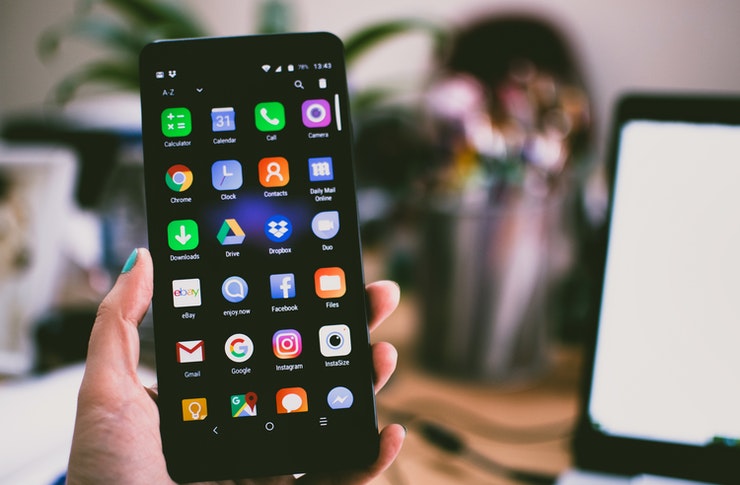Advancements in Mobile Phone Camera Technology
In the dynamic world of smartphone technology, one of the most exciting areas of innovation is camera technology. High-resolution photos, professional-grade videos, and advanced editing tools are becoming standard features. As a result, the line between professional photography and smartphone snaps is increasingly blurred. Read below to learn more about this transformative tech trend.

Revolution in Smartphone Photography In the early days of mobile phones, cameras were a secondary feature. Today, they’re a primary selling point. Companies like Apple, Samsung, and Huawei are investing heavily in research and development to enhance their camera systems. From multiple lenses to AI-enhanced imaging, mobile cameras are undergoing a revolution.
Mastering the Megapixel Race The megapixel count has been a significant focus of mobile phone manufacturers. Samsung’s Galaxy S21 Ultra boasts a 108MP camera, while Xiaomi’s Mi 11 Ultra has gone a step further with a 192MP camera. However, experts argue that the megapixel race might not necessarily translate to better image quality. It’s the size of the sensor and the quality of the lens that truly matter.
AI and Computational Photography Artificial Intelligence (AI) is playing a vital role in advancing mobile camera technology. AI allows for computational photography, which involves using software to enhance or alter images. This technology can improve low-light photography, enhance image stabilization, and provide sophisticated portrait modes.
Useful Tips and Facts: - The megapixel count isn’t the only determinant of image quality. Also, consider the sensor size, lens quality, and software enhancements. - Use the rule of thirds in your smartphone photography for balanced, visually appealing images. - Explore your smartphone camera settings. Many modern phones offer professional modes that let you adjust settings like ISO, shutter speed, and white balance.
The Future: Beyond Just Capturing Images The future of mobile camera technology isn’t just about capturing better photos. It’s about integrating technologies like Augmented Reality (AR) and Virtual Reality (VR) for a more immersive experience. For instance, Google’s Project Tango aimed to use smartphone cameras for 3D mapping and spatial recognition.
In conclusion, the advancements in mobile phone camera technology are shaping the future of photography. As manufacturers continue to innovate, we can expect smartphones to further blur the lines between casual snapshots and professional photography. The potential applications of these advancements, from AR and VR to 3D mapping, are truly exciting. This is a rapidly evolving field that will undoubtedly continue to surprise us in the years to come.




